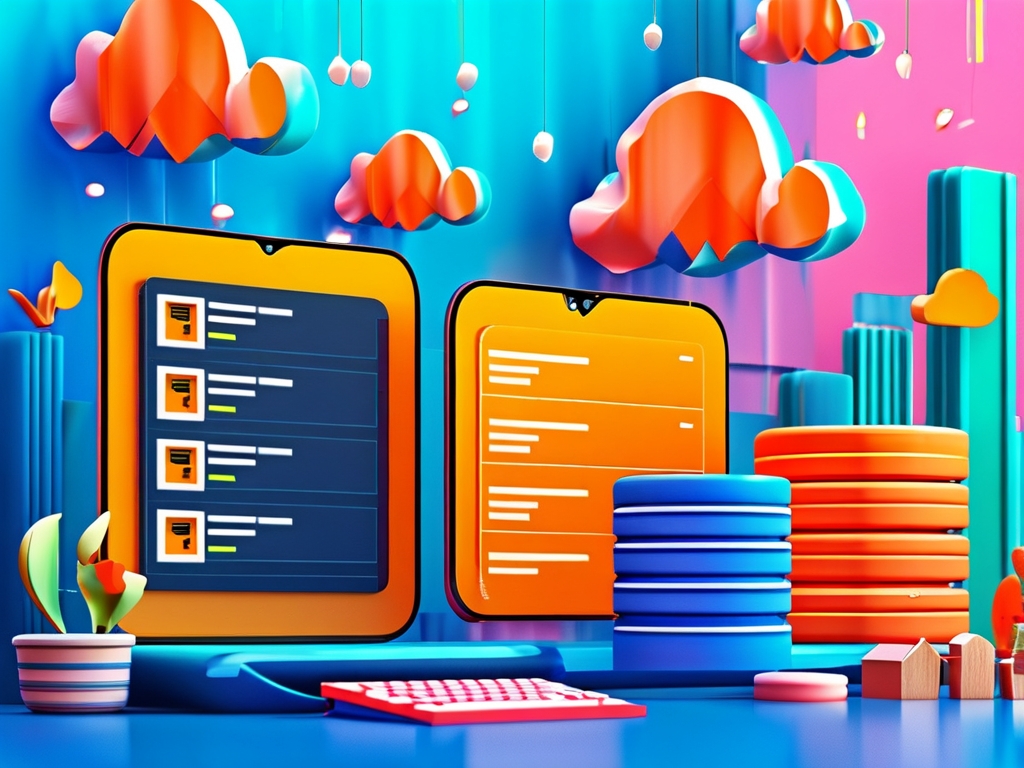Compiler principles and technology form a cornerstone of computer science education, bridging theoretical concepts with practical software engineering. In higher education, this discipline not only equips students with the ability to understand programming languages at a fundamental level but also empowers them to design efficient, reliable, and innovative software tools. Over the decades, the teaching of compiler-related subjects has evolved significantly, adapting to advancements in programming paradigms, hardware architectures, and industry demands. This article explores the importance of compiler education, its integration into modern curricula, pedagogical challenges, and future directions.

1. Foundations of Compiler Education
Compiler design is inherently interdisciplinary, combining formal language theory, algorithms, optimization techniques, and systems programming. Courses in this domain typically begin with finite automata and context-free grammars—the bedrock of lexical analysis and parsing. Students learn to translate high-level code into machine-executable instructions, a process that demystifies how programming languages interact with hardware. By studying phases such as semantic analysis, intermediate code generation, and code optimization, learners gain insights into the lifecycle of software execution.
A well-structured compiler course emphasizes both theory and practice. For instance, students might implement a basic compiler for a subset of a language like Python or Java using tools such as Lex and Yacc. These hands-on projects reinforce abstract concepts while developing critical coding and debugging skills. Additionally, exposure to real-world compilers (e.g., GCC, LLVM) helps learners appreciate industry standards and scalability challenges.
2. Curriculum Integration and Pedagogical Shifts
Historically, compiler courses were considered advanced electives, reserved for graduate students or specialized tracks. However, the rise of domains like embedded systems, quantum computing, and domain-specific languages (DSLs) has expanded the relevance of compiler technology. Many universities now integrate introductory compiler modules into undergraduate programs, often within courses on programming languages or systems design.
Modern curricula also reflect shifts in teaching methodologies. Traditional lecture-based approaches are increasingly supplemented with collaborative projects, hackathons, and open-source contributions. For example, students might optimize an existing compiler’s performance or add support for new language features. Such activities mirror real-world software development workflows, fostering teamwork and problem-solving agility.
Moreover, the advent of online learning platforms has democratized access to compiler education. Resources like MOOCs (Massive Open Online Courses) and interactive tools (e.g., WebAssembly compilers) enable self-paced learning, lowering barriers for students in regions with limited academic infrastructure.
3. Challenges in Teaching Compiler Technology
Despite its importance, compiler education faces several hurdles. One major challenge is the steep learning curve. Students must master complex topics like type systems, register allocation, and just-in-time (JIT) compilation, which demand strong foundational knowledge in mathematics and computer architecture. To address this, educators are adopting incremental learning strategies—breaking down projects into manageable stages and using visual debugging tools to illustrate abstract processes.
Another issue is the perception of compilers as "niche" knowledge. Some students question the practicality of compiler skills in an era dominated by high-level frameworks and cloud-based development. Countering this requires highlighting applications beyond traditional compilers, such as transpilers for cross-platform apps, static analyzers for security, or optimizers for machine learning pipelines. Industry collaborations and guest lectures by compiler engineers can also contextualize the subject’s relevance.
4. Future Directions and Innovations
The future of compiler education lies in aligning with emerging technologies. Quantum compilers, for instance, are gaining attention as quantum computing transitions from theory to practice. Similarly, AI-driven compiler optimizations—where machine learning models predict optimal code transformations—present exciting research and teaching opportunities.
Interdisciplinary approaches will also shape curricula. Courses might merge compiler design with cybersecurity (e.g., exploiting compiler vulnerabilities) or environmental computing (e.g., energy-efficient code generation). Virtual and augmented reality tools could further revolutionize pedagogy by simulating compiler internals in immersive 3D environments.
5.
Compiler principles and technology remain vital to computer science education, fostering deep computational thinking and adaptability in a rapidly evolving tech landscape. By modernizing teaching methods, addressing pedagogical challenges, and embracing interdisciplinary trends, higher education institutions can prepare students to tackle tomorrow’s software engineering challenges. As compilers continue to underpin innovations—from AI to quantum systems—their role in academia will only grow in significance, ensuring that future generations of engineers possess the skills to build faster, safer, and more intelligent software.
In summary, the integration of compiler education into higher learning is not merely about teaching a technical skill; it is about nurturing problem-solvers who can bridge the gap between human ingenuity and machine execution.









